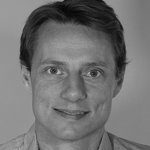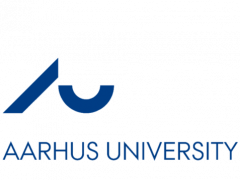

Aarhus University
Aarhus University (AU) was founded in 1928. It has four faculties - Faculty of Arts, Faculty of Science and Technology, Faculty of Health Sciences and School of Business & Social Sciences. The four faculties cover the entire research spectrum – basic research, applied research, strategic research and research based advice to the authorities. AU has 39,000 students; about 1,800 PhD students - of which one in four has a foreign nationality - and close to 900 postdoctoral scholars together with 11,500 employees. As such, internationalisation is a key part of AU’s mission and it continuously works to strengthen the international profile of the University through a series of initiatives, which will increase international research partnerships and the number of international students. AU has been establishing itself as a university for cutting-edge research, and has been moving up the most important university ranking lists. In 2018, the university is ranked at number 111 at the Leiden Ranking, number 141 at the QS World University Ranking, and number 123 of 17,000 universities on the Times Higher Education World University Ranking. AU has participated in 295 FP7 and 252 H2020 projects – 21 and 26, respectively, as coordinator – and is currently partner in 4 projects of the Innovative Medicines Initiative. Further information and key figures can be found at http://www.au.dk/en/about
Role within ImmUniverse
Aarhus University (AU) is involved in work packages 1, 2 and 5 in the project.
Work package 1: AU will participate in the administration of the budget and start-up meetings. In addition, AU will be involved in the continuous evaluation of the projects.
Work package 2: Based on the data obtained from the RNA-Seq analysis conducted on the different tissue samples, AU will analyse these data sets in order to identify circularRNAs. Furthermore, in the different tissue samples AU will establish different panels of circularRNAs which is to be further investigated in work package 5.
Work package 5: RNA will be purified from approximately 200 samples and the different panels of circularRNAs from different tissue samples identified in work package 2 will be analysed by the NanoString nCounter technology. Furthermore, the obtained data will be interpreted by AU.
Main Contacts

Claus Johansen DMSc
Associate professor
